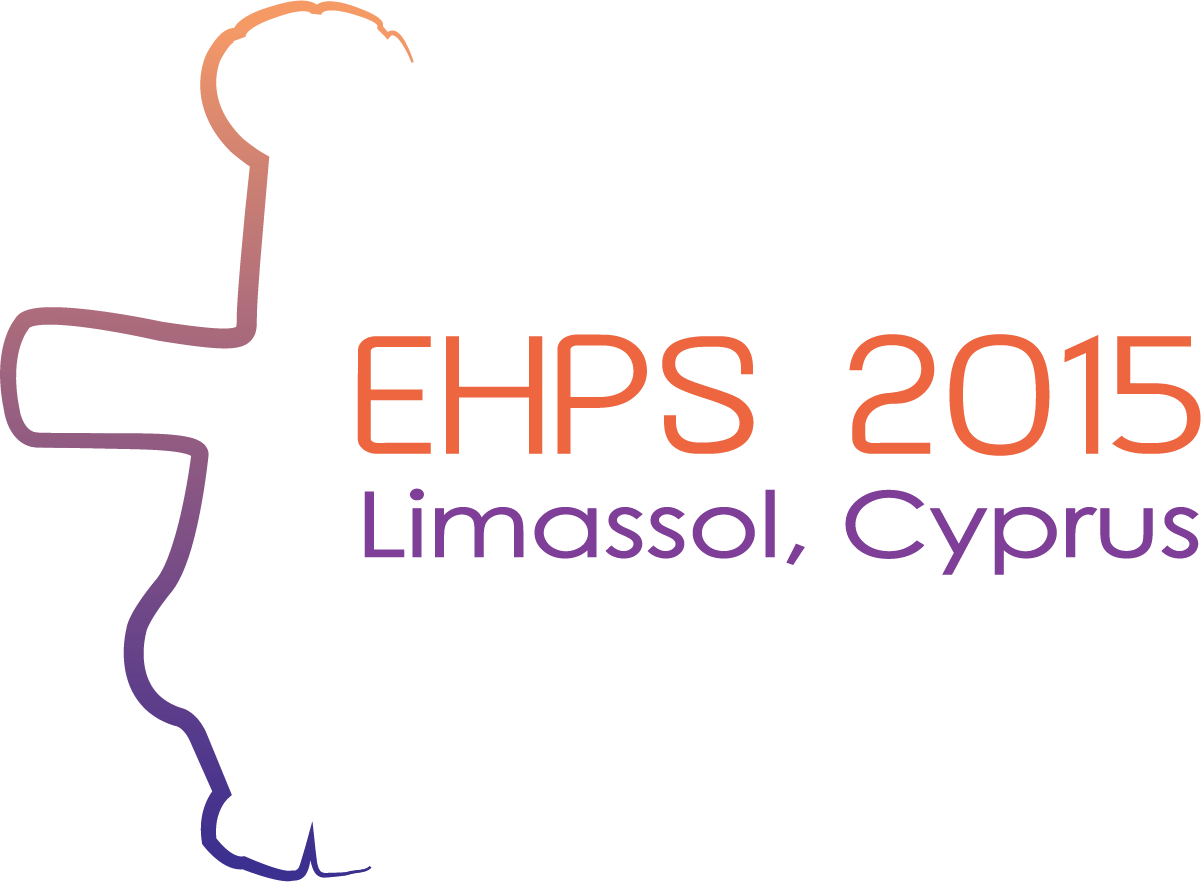Limassol Town Area
View details
The history of this castle dates back to 1228, when Frederick II of Germany and his supporters imprisoned the hostages seized by Ibeline, the King Regent of Cyprus. It is also said that it is an ancient Byzantine castle. This castle also witnessed the marriage between King Richard and his Queen Berengaria.
View details
This historical point is 11km east of Limassol. Amathus played a significant role in ancient Cyprus being one of the principle ancient royal cities, similar to the prominent status of Kourion, however unlike Kourion it also acted as a port. Various attractions at the Amathus site include the ruins of the Temple of Aphrodite and the Tombs dating back to the early Iron Age period of Graeco-Phoenician.
View details
The Park, located by the sea-front, features a series of public sculptures created during three international events from 1999 to 2001. The sculptures vary from medium to large and many of their artists come from an international background. These include Victor Bonato from Germany, Sadia Bahat from Israel, and Ahmet El-Stoahy from Egypt. Cypriot artists such as Maria Kyprianou, Kyriakos Kallis and Helene Black from Limassol have also made their impact at the park.
View details
Limassol Marina is an exclusive waterfront development designed by a world-renowned team of architects and engineers. It combines elegant residences and a full service marina with exclusive restaurants and shops, to create a lifestyle uniquely shaped by ‘living on the sea’.
View details
The zoo is located on the coastal road of Limassol, and is the only one in Cyprus. It accommodates a diverse selection of animals, an average of 300, including birds. The residents of the zoo include lions, tigers, bears, panthers, zebras, monkeys, ostriches, peacocks, vultures, emu, falcons and macaws etc. Limassol zoo also features a natural history museum and an educational centre, which frequently screens films on wildlife and nature. The zoo includes a special designated area for children.
Limassol Suburbs
View details
Apollo Hylates, God of the Woodland, was the protector of the city of Kourion. Archaeological evidence shows that the cult of Apollo was celebrated here from the 8th century BC to the 4th century AD. Part of the temple has been restored, with the cellar, the colonnade and the pediment.
View details
Kourion is located 18km, west of Limassol in the small town of Episkopi and is one of the most famous ancient attractions. It is renowned for its importance, as historical sources suggest it was a major ancient city Kingdom of Cyprus. Furthermore, Kourion hosts a considerable amount of impressive musical and theatrical events in its magnificent Greco-Roman amphitheatre that was originally built in the second century B.C.
The site overlooks the beautiful Mediterranean Sea complimenting surrounding monuments which mostly date from the Roman period. These include the Forum, the Nymphaeum, the Fountain House, and the House of the Gladiators, the House of Achilles and the Public Baths.
View details
This well admired 15th century castle is situated in Kolossi village, 14km west of Limassol in the south of Cyprus. There have been indications that the castle we see today has been built on the site of an earlier castle from the 13th century.
The surrounding land around Kolossi castle played an important role in the past as it had been highly cultivated with sugarcane and vineyards, from which the famous Cypriot wine Commandaria was produced. The name ‘Commandaria’ originates from the headquarters of Kolossi – the ‘Grand Commanderie’.
Limassol is the main city in Cyprus for exporting and this dates back also to the Middle Ages when the city acted as the centre for exports of olives, cotton and sugar with the help of the fertile area around Kolossi castle.









